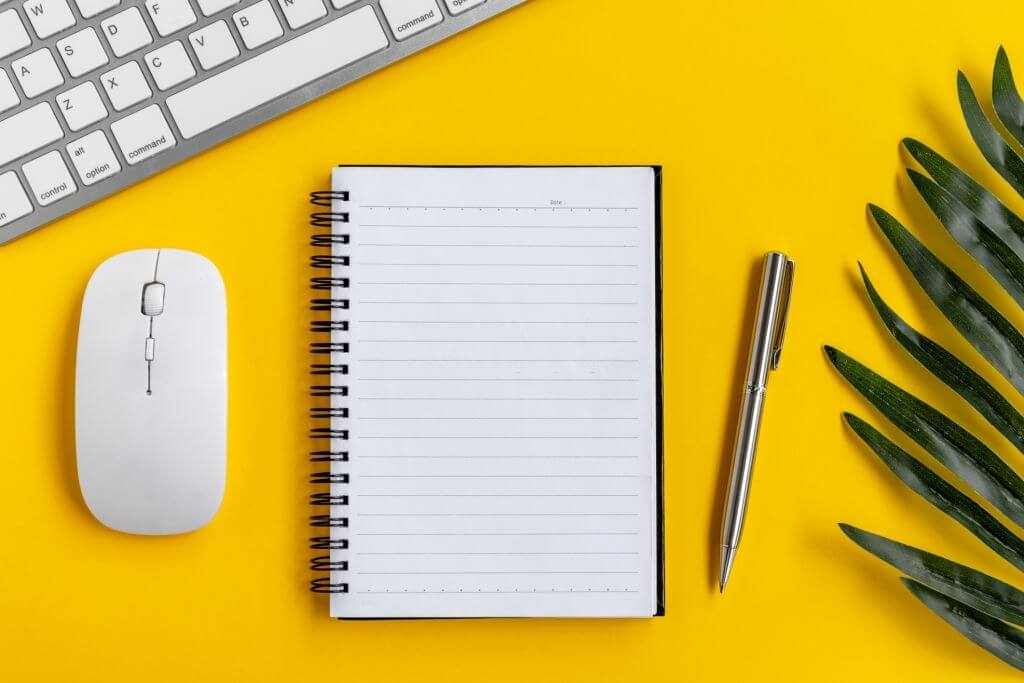How To Make Blog Images SEO Friendly? 6 Important Image Optimization Tips
Imagine you are uploading an image to your site for the first time. There’s a good chance you downloaded the image from a stock photography site, uploaded it to your site, and then integrated it into the page. Image Optimization Takes This Image To Another Level, Don’t You Think? That’s not exactly right
How To Make Blog Images SEO Friendly?
Your website’s load speed has been affected by a giant bowling ball weight. Your images cannot be read by search engines if you do not provide alt text. So, let’s make it different. Professionals and amateurs alike know that optimizing images for the website is an important aspect of SEO.
Image optimization is a crucial SEO asset, but without it, you’re wasting it. Like giving away free cookies and milk to the search engines. However, you only eat an Oreo. The Oreo is actually better dipped in milk than un-dipped.

In addition to better user experiences, faster page loads, and improved ranking prospects, image optimization provides many benefits. Additionally, it is growing in importance. Are there any factors that are most crucial for getting your images found and not causing your site to slow down?
Important image optimization tips
Listed below are 6 important image optimization tips that you should know:
1.) Choose The Right Format: When you have never ordered from Taco Bell before, decoding all the varied image formats can be very daunting. First, you need to decide which kind of image files you’ll use on your site before you begin adding images. In the world of images, there are many choices, but PNG and JPEG are commonly used.
2.) Compress Your Images: To optimize your web performance, make sure you save your images. Keeping the quality of your images while reducing their file size is your main objective. To achieve this, you can utilize a range of different dedicated tools (Photoshop, Lightroom, TinyPNG, Jpegmini, Shortpixel, etc.).
3.) Always Add alt Tags: The alt tag describes the text that will be displayed in place of a picture. These readers are used by the visually impaired as well as for web pages. It’s crucial for image SEO and has a significant impact on your rankings. These tags serve a variety of purposes:
- Your image will display alternative tags if it cannot be loaded
- Images with alt tags help search engines better understand what they are about
- When you use an image to link to your site, alt tags serve as anchors
- Accessibility is the main reason for using them. Alt tags are used by screen readers to serve images to visually impaired users
4.) Use A Descriptive File Name: When you export or save images, you usually use the defaults of your photo camera. As a result, you will get files named IMAGE_9756.jpg or something similar. Make sure your image files are named appropriately and descriptively.
In case you have multiple similar images, use sequences when they are short and relevant (for example, when you have a gallery with multiple pictures of the same thing).
5.) Describe Your Images Using Text: Text is still extremely important in image SEO, even though Google is able to identify an image based on its pixels. To understand what an image is about, Google uses the text surrounding the image. The importance of textual content in posted pages or galleries can’t be overstated.
Although you don’t have to describe every image on each page, it’s nice if you describe the wedding and include as much information as possible about the wedding, the location, and the story. It is also important that your page is relevant and has authority.
You will rank higher in image search results if your domain has a higher rating or if your page has a higher rating. Posting fresh and useful content is crucial for your SEO, so make sure you include both pictures and text. If your image appears in a search result, make sure your title tags and meta descriptions are relevant, since Google may use these for the snippet.
6.) Place Your Most Important Images On Top: You may want to place your most important images near the top of your page. Moreover, if all your images have the same alt tag and they all look the same, you have an extremely strong chance of Google not ranking them.
In order to make the site easier to navigate, the best images should be placed at the top and the number of images per page should be limited.
You Can Also Read: Traffic Monetization Mistakes That Can Ruin Your SEO Review